Ever wondered what those little numbers like 14k or 18k mean on your gold jewelry? Let's break down everything about gold quality. Whether you're browsing our gold plated ring set or thinking about investing in solid gold, this guide will help you shop smarter
Understanding Karats
Think of karats like a purity score. Pure gold is 24 karats (24k) - meaning all 24 parts are gold. But here's the thing: pure gold is actually too soft for everyday jewelry. That's why jewelers mix it with other metals to make it stronger. The lower the karat number, the more other metals are mixed in.
Let's explore the most common types of gold you'll encounter in jewelry stores:
24k Gold: The Pure Stuff
Pure gold boasts a stunning yellow color that's impossible to miss. While it's beautiful and valuable, it's rarely used in everyday jewelry because it's too soft. You'll mostly find 24k gold in investment pieces or special ceremonial jewelry in certain cultures.
18k Gold: The Luxury Sweet Spot
With 75% pure gold (18 parts gold, 6 parts other metals), 18k gold offers that perfect balance of luxury and durability. Its rich, warm color makes it popular for high-end jewelry pieces. When you see fine jewelry in designer showcases, it's often 18k gold.
14k Gold: The Practical Choice
This is where practicality meets beauty. Made with 58.3% pure gold, 14k gold has become America's favorite for everyday jewelry. It's strong enough to withstand daily wear while maintaining a beautiful golden color. If you're looking for an engagement ring or something you'll wear often, 14k gold makes a lot of sense.
10k Gold: The Budget-Friendly Option
The most affordable option in solid gold, 10k pieces contain 41.7% pure gold. While the color might be lighter than higher karat options, the durability is impressive. It's perfect for active people or those hard on their jewelry.
The Gold Plating Connection
Gold plated jewelry uses a thin layer of gold over another metal. The karat number on plated jewelry tells you about that outer layer's purity. An 18k gold coated ring, for example, wears a coat of 18k gold, giving it that luxurious look without the solid gold price tag.
Why Mix Gold with Other Metals?
There's real science behind mixing gold with other metals. Pure gold is incredibly soft - about as soft as a pencil lead. By adding other metals, jewelers create alloys that offer:
- Enhanced durability for daily wear
- Different color options (like rose or white gold)
- Better value for consumers
- Improved scratch resistance
Color and Price: The Real Story
The relationship between karats and color is straightforward: higher karats mean a deeper yellow color. But here's what many people don't realize - this doesn't always mean better. The right choice depends entirely on your preferences and needs. For a detailed comparison of different gold jewelry types, check out our gold plated vs. gold filled vs. solid gold guide.
Pricing follows a similar pattern, but with an important twist. While higher karats generally cost more, the price jump isn't always proportional to the increase in gold content. Factors like craftsmanship, brand name, and design complexity often impact the final price more than karat differences.
A Word About Sensitive Skin
For those with sensitive skin, the karat choice matters more than you might think. Higher karat gold typically causes fewer reactions because there's less of other metals in the mix. If you've had issues with jewelry before, consider 18k or higher gold, or look into gold plating over hypoallergenic metals. Our guide on cleaning and maintaining your gold coated ring offers additional tips for keeping your skin happy.
Making Your Choice: Practical Guidelines
Your lifestyle should guide your karat choice. For daily wear items like wedding rings, 14k or 18k gold offers the best balance of durability and appearance. Special occasion pieces can go higher in karats since they'll see less wear and tear. If you're on a budget, quality gold plated pieces can give you the look you want without the investment of solid gold.
Consider these factors when choosing:
- How often you'll wear the piece
- Your budget constraints
- Your skin sensitivity
- The jewelry's purpose (investment vs. fashion)
Key Takeaways
Understanding gold quality isn't just about knowing numbers - it's about making informed choices for your lifestyle and budget. Whether you're browsing our collection or investing in solid gold, this knowledge helps you choose pieces that you'll love and wear confidently.





